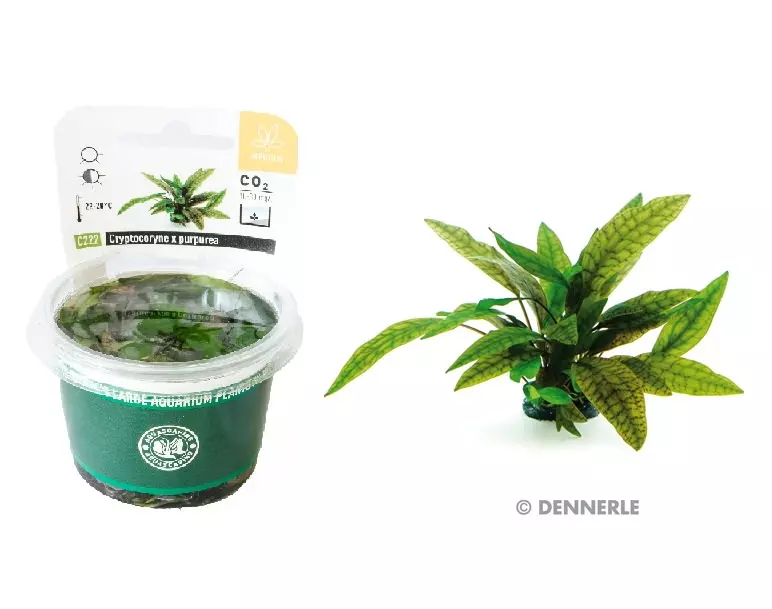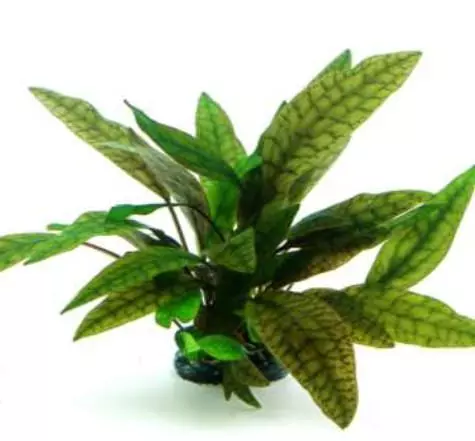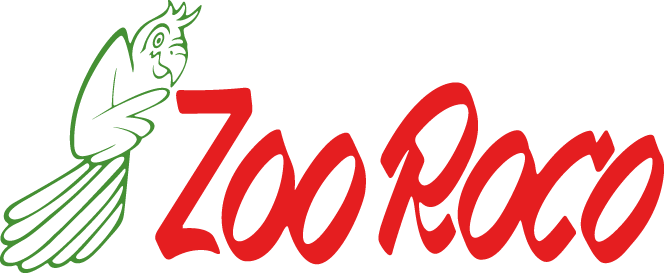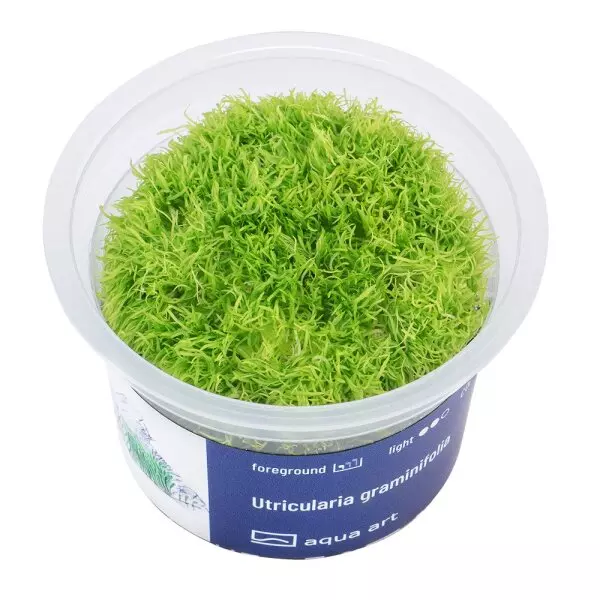











CHF 10.90
Stock: 0
Available in 1-3 days, acquisition time 14 days

Cryptocoryne x purpurea
| max. Wuchshöhe | - 10 cm | Herkunftsland | Borneo |
|---|---|---|---|
| Eignung | Aquascaping, Gesellschaftsaquarium und NanoCubes | Typ | Rosettenpflanze |
| Familie | Araceae | Gattung | Cryptocoryne |
| Vermehrung | Ausläufer | Wuchsgeschwindigkeit | langsam |
| pH | 5 - 7 | Wasserhärte | 2 - 8 °dh |
| Hinweise | etwas anspruchsvoller | ||
Eine Wasserkelchrarität ist Cryptocoryne x purpurea aus Südostasien. Es handelt sich hierbei um eine Naturhybride zwischen Cryptocoryne griffithii und Cryptocoryne cordata. Der hier beschriebene Typus stammt aus Borneo mit einer außergewöhnlichen Marmorierung der Blattspreiten. Das Wachstum ist deutlich langsamer als bei anderen bekannten Wasserkelcharten in der Aquaristik. Mit einer Wuchshöhe von ca.10 cm ( bisherige Kulturerfahrung im Aquarium) bleibt sie auch in der Größe relativ klein und kann somit je nach Beckengröße auch gut im Vordergrund eingesetzt werden. Nährstoffreicher Bodengrund ist wie bei alle Cryptocorynen sehr wichtig, da viele Nährstoffe über die Wurzel aufgenommen werden.
Wasserpflanzen In-Vitro
In Vitro - Pflanzen werden im Labor unter sterilen Bedingungen kultiviert. Sie werden in einer 7cm großen, geschlossenen Dose ausgeliefert. Die kleinen Pflänzchen sind absolut Algen und Schneckenfrei und können direkt eingepflanzt werden. Ideal ist diese Produktgruppe für kleinere Aquarien und Nano Cubes sowie für das moderne Aquascaping. Wie anspruchsvoll die jeweilige Pflanze ist, lässt sich ganz leicht an der oberen rechten Ecke der Verpackung erkennen. Vor dem Einsetzen muss lediglich das Nährmedium abgespült und die Pflanze portioniert werden
| Aquarium: | Community aquarium, Landscape/Aquascaping, Nano Aquarium |
|---|---|
| Feature: | In-Vitro, Rosette plants |
| Genus: | Cryptocoryne |
| Growth: | slowly |
| Origin: | Asia |
| Properties: | In-Vitro, Rosette plants |
| Stand: | In the foreground |
1 of 1 reviews
4 out of 5 stars
Login
4 March 2021 10:50
Hats überlebt
Hats überlebt
Customers also bought
Similar products
Customers also viewed








.jpg)














